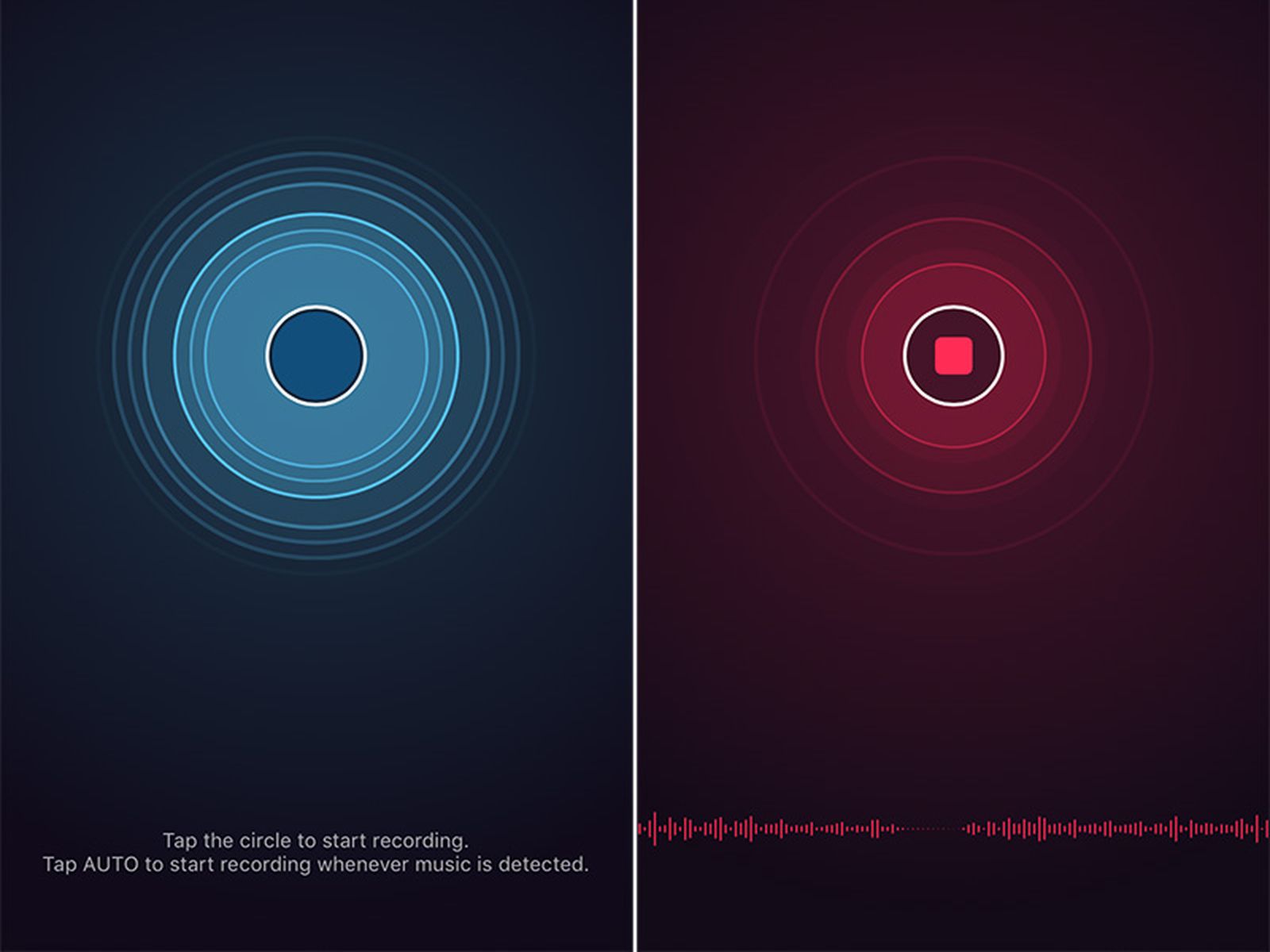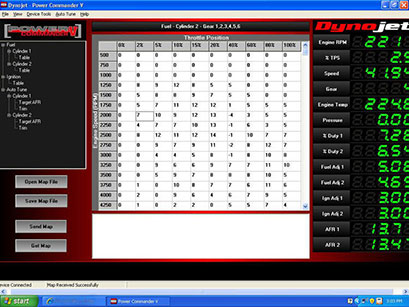As always with iOS, the setting that we are looking for is in the Settings app. Open it and tap “Voice Memos” to get started. Next, tap “Audio Quality” towards the bottom of the screen. The next screen offers two options. Tap “Lossless” for the best sound quality from your recordings. SpeakPipe voice recorder allows you to create an audio recording directly from a browser by using your microphone. The recording is produced locally on your computer, and you can record as many times as you need. Auto Voice Tune Android 1.0 APK Download and Install. Celebrity voice changer and auto voice tuner for singing with sound effects! Voice Recorder & Voice Memos - Voice Recording App. Dairy App & Notes & Audio Editor & Voice Recorder Download; Voice Recorder. You could use this website as a free voice over generator for narrating your videos in cases where don't want to use your real voice. You can also adjust the pitch of the voice to make it sound younger/older, and you can even adjust the rate/speed of the generated speech, so you can create a fast-talking high-pitched chipmunk voice if you want to. Auto-Tune EFX 3 is a simple tool for real-time pitch correction and creation of Auto-Tune Vocal Effect.
Fixing a Vocal Using Auto-Tune, without using autotune to fix the vocal
This article is in my e-book, “Audio Recording Boot Camp”. Get it free here
(Auto-tune is a registered trademark of Antares, but I am using the term here generically to describe all pitch correction software)
Since the beginning of recorded music we have had to deal with the fact that some vocalists do not sing quite as in tune as they or the public might want. Since then producers have been trying to find ways to improve the performance of singers on recordings. In the earliest days the solution was to try and have the singer perform better, or pick easier material, or just let the performance stand as is and let the public decide.
By the late ’80s and early ’90s, when I was first getting serious about recording, digital technology had opened up a few options for actually fixing a vocal performance. A few of the common techniques were to record a flat or sharp word into a sampling keyboard, change the pitch in the sampler, and then “play” the pitch corrected word back into the vocal track. The other common technique was to use a hardware pitch shifter, such as the legendary Eventide H3000, to digitally shift a word more sharp or flat to get it in pitch. While these techniques provided options for fixing recorded vocal tracks, they had two main drawbacks: the first is that they were extremely time consuming. It was necessary to evaluate the pitch word by word, and then make adjustments one word (or even one syllable) at a time. Getting it to sound right often required quite a bit of experimentation. The second problem is that you could only lower or raise the pitch of the entire note or syllable. If a vocal gradually changed pitch, such as starting flat and eventually getting into correct intonation by the end of the word, there were only a few options to alter this, which required very, very detailed audio magic. This all changed in 1997 with the introduction of Auto-Tune by Antares Audio Technologies.Auto-Tune was able to analyze and correct pitch problems in near real time. It also allowed pitch to be gradually adjusted within a single note. This changed everything! (Fun geek fact: the inventor of Auto-Tune, Dr. Harold (Andy) Hildebrand, developed the process based on his research using similar theories to analyze seismic activity: Earthquakes!!) Although Auto-Tune is a trademark of Antares, the term is often used generically to describe all automated pitch correction, such as that done with Melodyne by Celemony (the most popular alternative to AutoTune), or Waves Tune by Waves.
In the early days, “Auto-Tuning” was a stealth activity carried out by producers and engineers in secret late night sessions—something that needed to get done—but producers prayed the artists would never know it happened. Artists would often get furious at the idea that someone had messed with their vocal in a computer. And it would have been somewhat scandalous if the fans found out about it. Since those days, things have completely changed and producers are often met with just the opposite reactions. Nowadays, when asking a vocalist to perform a part again to improve their intonation, the artist often asks the producer to just fix it in the computer (or “just Pro Tool it” as they say). Fast and furious 7 free download in hindi hd 720p. In fact, it has now reached a point where the artifact of poorly applied pitch correction (known as the Cher effect) is considered a cool effect, and extensively used by artists such as T-Pain and Kanye West.

Despite the ubiquity of pitch correction in modern recordings (and even live concerts), there are still many instances where it is not appropriate to “fix” the vocals. This is usually where the producers and the artists want to preserve the integrity of the recording for personal pride, or to be able to honestly tell their fans and the press that their vocals were not fixed. However, as the excessive Auto-Tuning craze seems to be reaching its apex, a reverse trend is growing. Artists and their fans are now starting to desire authentic performances. But the reality is that even after vocal training, some artists still need a helping hand to deliver vocal performances with good intonation. And pitch correction software can help without actually being printed on the final mix!
Auto Tune Voice Memos Download
Everybody sings better in the choir!
There is an old but true adage that everybody sings better in the choir. When singing in a group, especially one with good singers, it is much easier, even for a poor singer, to sing with better intonation. This is something we can use to our advantage when working with a singer that needs a little extra help with intonation, but does not want to have their vocals “fixed”. (It is also worth noting that “fixing” vocals can sometimes remove some of unique character of a vocalist.)
One of the tricks we would do in the old days was to feed a keyboard into the singers headphones as part of the mix and play the melody on the keyboard while they sang. This was effective but there is a new technique that is actually easier for both the producer and the singer. The technique is very simple but very effective. If I am working with a vocalist who is having trouble with pitch/intonation, I will often record a few vocals tracks with them and send them away while I use pitch correction software to make every note of the vocal track in tune. After that, I will get the singer back in the studio, but now I have them sing the new vocal take while listening to one, or several, pitch-corrected vocal tracks in their headphones. This gives them a very similar benefit to singing in a choir by allowing them to adjust their intonation to the voices around them. This is something that most vocalists do naturally without even thinking about it. Now the vocalist is free to concentrate on the emotional energy of the performance and less on the intonation.
Lakshmi narayana stotram lyrics in malayalam. If they are still having trouble, I will often double the most difficult notes with another instrument such as guitar or piano (or another voice). One of the great things about this technique, aside from the fact that it can be very effective, is that artists who are staunchly anti-Auto-Tune are usually completely fine with this technique—even when they know exactly what you have done. It’s just a modern variation of the old trick of playing the vocal melody on a piano or synth along with the singer to help them with their pitch. In the end you can wind up with a vocal track that the singer and all involved can feel proud of—and rightly claim as 100% authentic!
Somewhat unrelated, but if you have made it this far I will throw in one more bit of advice: if you are going to be using pitch correction software on the final vocal, do not “Auto-Tune” on autopilot and fix every note. Much of the energy and emotion of a song comes from vocalists singing slightly above or below the pitch at various times. The vocalists on some of the biggest selling albums of all time would have never made it past the “fixing” of some current overzealous producers.
Check out our upcoming courses HERE

From compressors to transient shapers and stereo imagers, we have so many exciting tools to enhance a drum mix that it is easy to overlook more basic, but crucial steps to getting kicks, claps, and percussion to sound right. I’m talking about tuning drum samples.
In this article, we look at five scenarios where tuning drum samples will improve the quality of your mixes.
Tuning kicks to the song key
If a drum sample has a long pitched decay, like an 808 kick, there is a high potential for it to clash with other bass elements and instruments if it’s not tuned to key. In genres like trap and UK bass where the entire groove and life of the track depends on a whopping 808 boom, it would be neglectful not to tune drums correctly.
This isn’t much of an issue in styles of music where the kick is short and quick, and neither you or the listener can detect a specific pitch. However, if you decide to use a fat kick to replace a bassline, tuning should be considered as it anchors the entire bottom-end. Download anthurium cultivation pdf in sinhala software.
How To Add Autotune To Voice Memos
It is quite simple to change the tune of a drum sample using your DAW’s transpose option, either on the audio itself or in a sampler. The trickier part is determining what the pitch of the drum is and what it needs to be changed to.
The pitch detector in Melodyne is a good bet for the first part—all you have to do is feed in the kick signal and it will display the note of each hit, just like a vocal correction session. If this isn’t an option, many DAWs have a spectrum analyzer that displays the corresponding note for a fundamental frequency. Learn more about how Melodyne 4 essential works below: